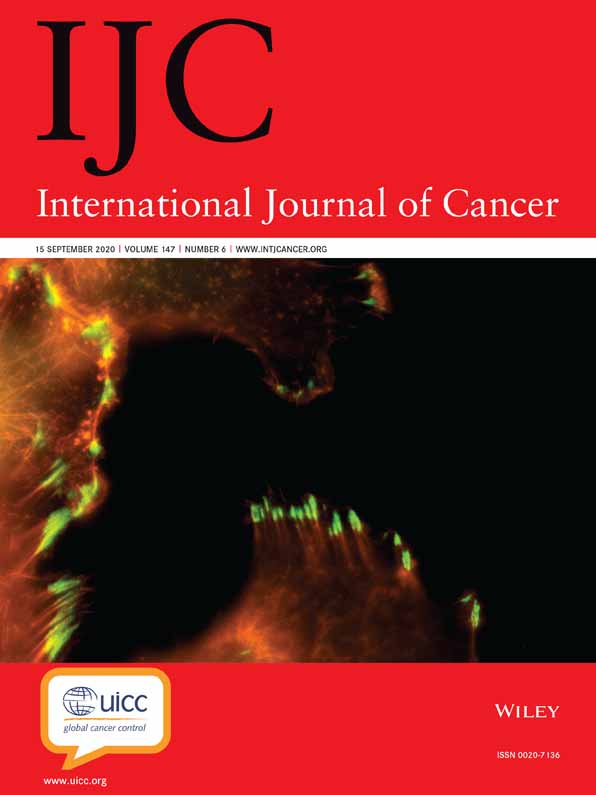A study of the risks of CIN3+ detection after multiple rounds of HPV testing: Results of the 15-year cervical cancer screening experience at Kaiser Permanente Northern California
Abstract
Many countries are transitioning to HPV testing for cervical cancer screening, despite a lack of long-term experience. To anticipate multi-round screening performance, we analyzed 15-year HPV testing results at Kaiser Permanente Northern California (KPNC). We evaluated HPV test result patterns among women aged 30–64 undergoing triennial HPV/cytology cotesting at KPNC during 2003–2018. We calculated incidence rates and proportion of CIN3+ diagnoses associated with the most frequent HPV testing patterns overall and stratified by age. From 2003 to 2018, a total of 1,361,581 women had a valid HPV test result, and 7,087 were diagnosed with CIN3+. Incidence rates of CIN3+ after HPV positivity were lowest when HPV detection was new and highest in women with prevalent infections (770 vs. 13,910/100,000 person-years). Repeat test negativity reduced subsequent incidence rates of CIN3+ to extremely low levels (18/100,000 person-years following four consecutive negative results). For mixed patterns of positivity/negativity, the recency and frequency of positive tests were associated with increased rates of CIN3+ diagnosis. Most CIN3+ cases (76%) were diagnosed in women who were positive at baseline (the first known positive HPV result); 16% were attributed to apparent newly detected infections and 3% to possible reappearing infections. These results corroborate previous findings that current HPV positivity, particularly when prevalent rather than new, is associated with the highest rates of CIN3+. In a screening program implementing HPV testing, most CIN3+ is detected at the first HPV positive test.
Abstract
What's new?
Now that testing for high-risk human papilloma virus (HPV) types is being adopted globally for cervical cancer screening, instructions on how to manage the many patterns of HPV positivity/negativity over multiple screening rounds are needed. The authors analyzed results from 15 years of screening at Kaiser Permanente Northern California including a million women. They analyze incidence rates and proportion of precancerous, CIN3+ lesions and corroborate previous findings that most CIN3+ lesions are found at the first positive test.
Conflict of interest
NCI has received masked HPV and cytology test results at no cost from Roche Molecular Systems, BD Diagnostics and Qiagen for independent evaluation of these technologies (M.D. and M.S.). NCI has received HPV testing at no or reduced cost from Roche and BD for studies that Dr Wentzensen is working on (N.W.). N.C. has received consulting fees from Basic Health International, outside of the submitted work. P.C. has received HPV tests and assays for research at a reduced or no cost from Roche, Becton Dickinson, Cepheid and Arbor Vita Corporation. The remaining authors declare no conflicts of interest.




